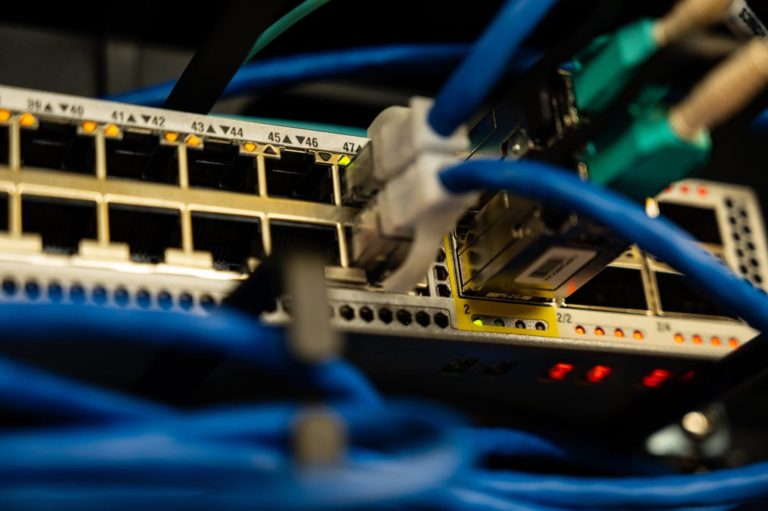Benefits & Challenges of Harnessing 5G in South Africa

Written by Luis Monzon
Fifth-generation (5G) wireless broadband is no longer a future technology – it’s here and is already available in limited key metropolitan areas in South Africa.
The country, with its limited Internet access and infrastructure, high data costs and ailing economy, can benefit in multiple ways from 5G.
However, there are also some issues that South Africa needs to deal with as communication service providers (CSPs) gear themselves for the 5G era and maximise the value the technology can bring.
Globally, the value of access to information – across all spheres, from education to business, health, communication and economic growth and wellbeing – is increasingly clear.
The Accenture study shows how the future home, enabled by 5G, cloud, security, AI, edge computing, and virtual simulation, can provide consumers with personalised services for remote work from home, distance learning, healthcare, immersive entertainment and advanced ageing care, while also yielding economic success for businesses.
Information access has become pivotal to stay connected with almost every aspect of our lives. Through the pandemic, connectivity has been key to essential goods provision, keeping businesses open, healthcare facilities functional, and transforming the home into a new digital hub for work, study and entertainment.
It highlights the broad digital transformation of society where, wave-after-wave, technology is turning the world of ordinary objects into one of connected intelligent items – an “Internet of Everything”.
The challenges for 5G in South Africa
The Independent Communications Authority of South Africa (ICASA) responded to exponential connectivity needs in South Africa and the nationwide COVID-19 lockdown by releasing temporary 5G radio frequency spectrum to service providers.
The goal was to allow telecoms to switch on 5G to enable work-from-home and ease the burden on existing networks. Telecommunications companies (telcos) turned on 5G in areas in Gauteng and the Western Cape, with 5G rollout to other areas expected in due course.
What are the wins? Theoretically, with 5G the number of devices that can be connected to the network increases exponentially, going as high as one million per square kilometre. Every connected device will have access to an instant Internet connection and real-time information exchange.
In a “future home” with its estimated 100 connected devices sending and receiving information in real-time, this works a treat. However, currently, we still face some real technology limitations.
One of the greatest challenges is that 5G requires fibre of sufficient capacity to deliver the advertised throughput to users’ premises. Frequency wavelength also plays a role in reach (the distance covered), speed and capacity.
There are also some caveats to fully achieving the lower latency 5G offers, even though improvements over older technologies will be sufficient to revolutionise communications that rely on fast linkages, such as gaming and Internet of Things (IoT) services. Furthermore, 5G-ready devices in South Africa are few and expensive.
Another key hurdle to rolling out 5G is the big capital investment required by telcos to upgrade their towers to support 5G and to deal with the significant network and operational complexity 5G’s diverse service offering ushers in, coupled with a significant need for network automation.
Regulation and the regulatory framework in the industry presents a significant challenge. 5G enablement has been greeted with growing concern as a government policy gazetted in mid-2020 allows network providers to build 5G towers on private land.
Thousands of South Africans have written complaints to the government over the new policy, citing fears around devaluation of their properties and the impacts of radiation, and challenging the constitutional validity of the regulations.
How will a 5G future be sustained?
The evolution to 5G will be driven by the potential benefits for every sector outweighing the deterrents and the challenges.
In just a few years people will be living lifestyles that are intensely assisted by intelligent digital technology. Technology will be a permanent companion and great enabler in everything, from meal preparation to child-minding, to working remotely. This will be a world unlike any seen previously.
To remain not only relevant and competitive, but CSPs will also need to evolve their current vertically integrated service provider models and become more consumer-centric.
Digital daily routines of their customers need to guide the business decisions of CSPs. They will need to set themselves up as multi-sided platforms orchestrating and coordinating the 5G-enabled future in the home and for business.







